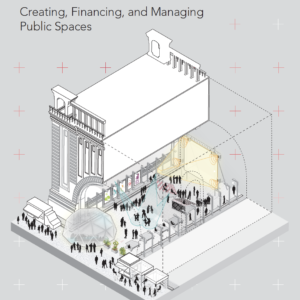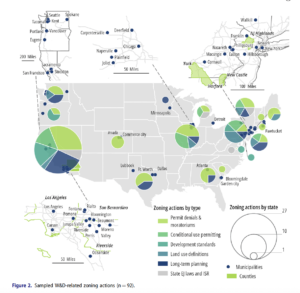Why Logistics and Housing Are Merging in Our Cities: What Issues Are There?

As cities grow denser and more complex, we’re seeing a notable shift: logistics activities are increasingly coexisting with residential areas. This merging is not accidental; it’s driven by a combination of spatial, economic, and functional pressures that reshape how we plan and use urban space. First, space is at a premium. Urban land is scarce …








